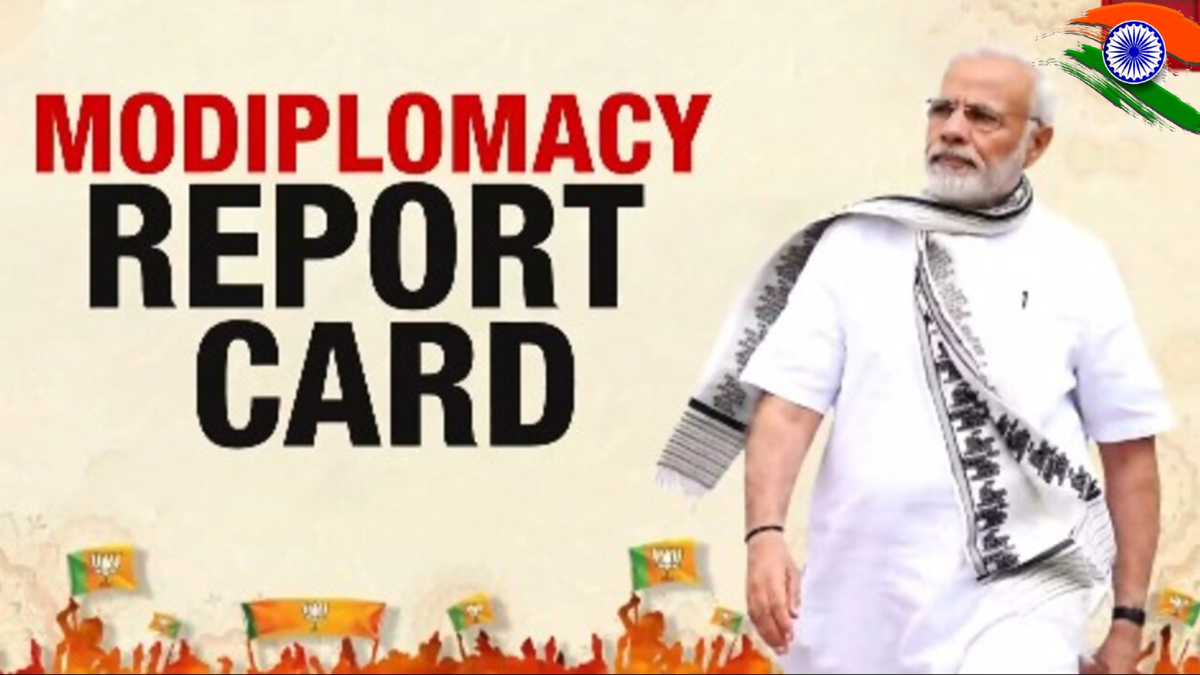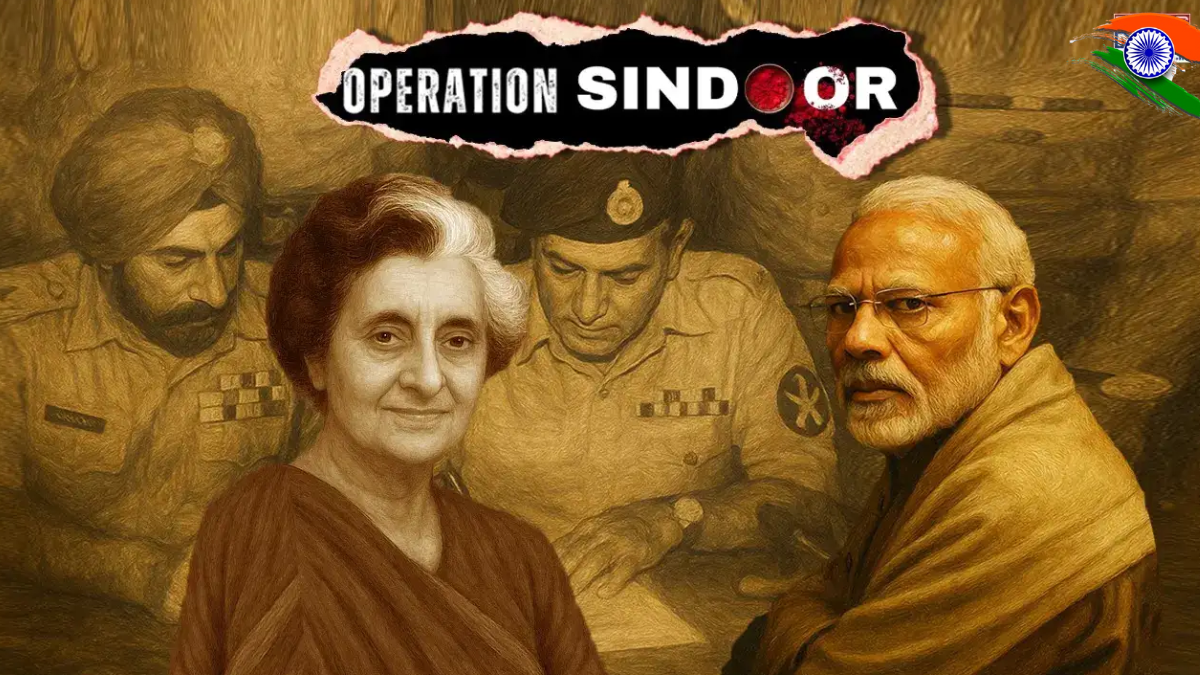On July 25, 2025, Prime Minister Narendra Modi achieved a significant political milestone by completing 4,078 consecutive days in office, surpassing Indira Gandhi’s record to become India’s second-longest serving Prime Minister in unbroken terms. This achievement places Modi behind only Jawaharlal Nehru, who held office for 6,130 consecutive days from India’s independence until his death in 1964.

The milestone represents more than just numbers on a calendar. It reflects the evolving nature of Indian democracy, the changing dynamics of political leadership, and the remarkable journey of a leader who has fundamentally transformed India’s political landscape over the past decade.
Understanding the Historical Context
When Modi first assumed office in May 2014, he inherited a vastly different political environment than his predecessors. Unlike Indira Gandhi, who became Prime Minister in 1966 following Lal Bahadur Shastri’s sudden death, Modi’s ascension was the result of a decisive electoral mandate. His Bharatiya Janata Party (BJP) secured the first single-party majority in the Lok Sabha after three decades, marking a clear shift in India’s political trajectory.
Indira Gandhi’s tenure of 4,077 days (January 24, 1966, to March 24, 1977) was marked by significant challenges, including economic difficulties, the 1971 Bangladesh Liberation War, and ultimately, the controversial Emergency period from 1975-1977. Her leadership style and the circumstances of her time created a complex legacy that historians continue to debate.
Modi’s journey to this milestone has been notably different. His tenure has been characterized by electoral victories in 2014, 2019, and 2024, demonstrating sustained public support across three consecutive general elections.
The Significance of Consecutive Terms
The distinction of “consecutive terms” is crucial in understanding this achievement. While several Prime Ministers have served longer cumulative periods when combining multiple non-consecutive terms, maintaining power in an unbroken sequence demonstrates remarkable political resilience and public trust.
This milestone is particularly significant given India’s coalition era from 1989 to 2014, when no single party could secure a clear majority. During this period, governments were often unstable, with Prime Ministers struggling to complete full five-year terms. Modi’s ability to not only complete two full terms but secure a third mandate represents a return to political stability reminiscent of the Nehru era.
Comparing Leadership Styles and Eras

The comparison between Modi and Indira Gandhi reveals fascinating contrasts in leadership approaches and the India they governed. Gandhi operated during the height of the Cold War, navigating complex international relations while implementing socialist economic policies. Her leadership was often described as authoritarian, particularly during the Emergency when fundamental rights were suspended.
Modi’s tenure has coincided with India’s emergence as a global power in the digital age. His leadership style emphasizes technology-driven governance, direct communication with citizens through social media, and a focus on economic development through initiatives like “Make in India” and “Digital India.”
The international context has also been vastly different. While Gandhi dealt with a bipolar world order, Modi has navigated a multipolar global landscape, strengthening ties with the United States while maintaining relationships with traditional partners like Russia and forging new partnerships across the Indo-Pacific region.
Economic and Social Transformations
Both leaders presided over significant economic and social changes, though their approaches differed markedly. Gandhi’s era saw the nationalization of banks, the abolition of privy purses, and the implementation of the 20-point program aimed at poverty alleviation. However, her tenure also witnessed economic stagnation, with growth rates often struggling to exceed the “Hindu rate of growth” of 3-4%.
Modi’s tenure has focused on structural economic reforms, including the implementation of the Goods and Services Tax (GST), the Insolvency and Bankruptcy Code, and massive infrastructure development. His administration has also emphasized financial inclusion through schemes like Jan Dhan Yojana and has pursued digitization of government services.
The Role of Communication and Technology
One of the most striking differences between the two eras is the role of communication technology. Gandhi’s era predated the internet and social media, with traditional media serving as the primary channel of political communication. Modi has leveraged digital platforms extensively, using radio programs like “Mann Ki Baat,” social media engagement, and digital governance initiatives to maintain direct contact with citizens.
This technological advantage has allowed Modi to maintain visibility and engagement with the public in ways that were impossible during Gandhi’s time. The ability to bypass traditional media and communicate directly with citizens has been a significant factor in maintaining political support across three election cycles.
Challenges and Controversies
Both leaders have faced significant challenges and controversies during their tenures. Gandhi’s Emergency period remains one of the darkest chapters in Indian democratic history, involving the suspension of civil liberties, press censorship, and mass arrests of opposition leaders.
Modi’s tenure has also seen its share of controversies, including the handling of communal tensions, economic disruptions from demonetization, and criticism over the implementation of various policies. However, unlike Gandhi’s Emergency, Modi has maintained democratic processes and institutions throughout his tenure.
Looking Ahead: The Path to Nehru’s Record
With this milestone achieved, attention naturally turns to whether Modi might eventually challenge Nehru’s record of 6,130 consecutive days. For Modi to surpass Nehru, he would need to serve until approximately late 2029, which would require winning the 2029 general election and serving a significant portion of that term.
Several factors will influence this possibility, including Modi’s age (he will be 79 in 2029), the BJP’s organizational strength, opposition unity, and the evolving political landscape. The achievement would also depend on India’s economic performance, social cohesion, and the party’s ability to maintain its electoral appeal across diverse constituencies.
The Broader Implications for Indian Democracy

Modi’s achievement of becoming the second-longest serving Prime Minister reflects broader trends in Indian democracy. It suggests a return to political stability after decades of coalition governments and demonstrates the electorate’s willingness to provide long-term mandates to leaders who can deliver on their promises.
This stability has implications for policy continuity, economic development, and India’s international relations. Long-serving governments can implement multi-year projects and maintain consistent foreign policy approaches, which can benefit the country’s long-term interests.
However, it also raises questions about the concentration of power and the need for robust democratic institutions to provide checks and balances. The comparison with Indira Gandhi’s tenure serves as a reminder of the importance of maintaining democratic norms and institutional integrity.
What This Means for India’s Future
As Modi enters this new phase of his tenure, several key areas will define his legacy and determine whether he can maintain public support for the remainder of his term and potentially beyond.
Economic development remains paramount, with expectations for continued growth, job creation, and poverty reduction. Infrastructure development, technological advancement, and India’s position in global supply chains will be crucial factors.
Social cohesion and inclusive development will also be critical. Ensuring that the benefits of economic growth reach all sections of society and maintaining India’s diverse, pluralistic character will be essential for long-term political sustainability.
On the international stage, Modi’s experience and relationships will be valuable assets as India navigates complex global challenges, from climate change to regional security issues.
A Historic Achievement in Perspective
Modi’s surpassing of Indira Gandhi’s record represents a significant milestone in Indian political history. It reflects the maturation of Indian democracy, the evolution of political communication, and the changing expectations of Indian voters.
While comparisons with past leaders provide valuable context, each era brings its unique challenges and opportunities. Modi’s achievement should be viewed as part of India’s continuing democratic journey, with lessons learned from both successes and failures of previous administrations.
The milestone also underscores the importance of sustained public support in democratic governance. Unlike authoritarian systems where power can be maintained through force, democratic leaders must continuously earn and re-earn the trust of their citizens through elections and effective governance.
As India continues to evolve and face new challenges, the experience and stability provided by long-serving governments like Modi’s can be valuable assets. However, the ultimate measure of any leader’s success will be their contribution to India’s democratic institutions, economic prosperity, and social harmony.
Modi’s achievement of becoming India’s second-longest serving Prime Minister in consecutive terms is undoubtedly historic. Whether this translates into lasting positive change for India and its people will be the true test of his leadership and legacy.
FAQs: Frequently Asked Questions
Q: Who is India’s longest-serving Prime Minister?
A: Jawaharlal Nehru, India’s first Prime Minister, remains the longest-serving Prime Minister in the country’s history, with 16 years and 286 days in office.
Q: How long has PM Narendra Modi served as Prime Minister?
A: As of now, PM Modi has served for 4,078 consecutive days, making him the second-longest serving Prime Minister in India’s history.
Q: Which Prime Minister’s record did PM Modi surpass to reach this milestone?
A: PM Modi surpassed Indira Gandhi’s record of 5,011 days served across her non-consecutive terms as Prime Minister.
Q: What are some of PM Modi’s key accomplishments during his tenure?
A: Key accomplishments of PM Modi’s tenure include economic reforms like GST implementation, ambitious initiatives such as Digital India and Swachh Bharat Abhiyan, and strengthening India’s global presence through proactive diplomacy.
Q: What challenges has PM Modi faced during his time in office?
A: PM Modi has faced challenges like economic disruptions, pandemic management, and addressing various social and political issues while balancing a diverse and populous nation’s needs.
For More Information Click HERE
